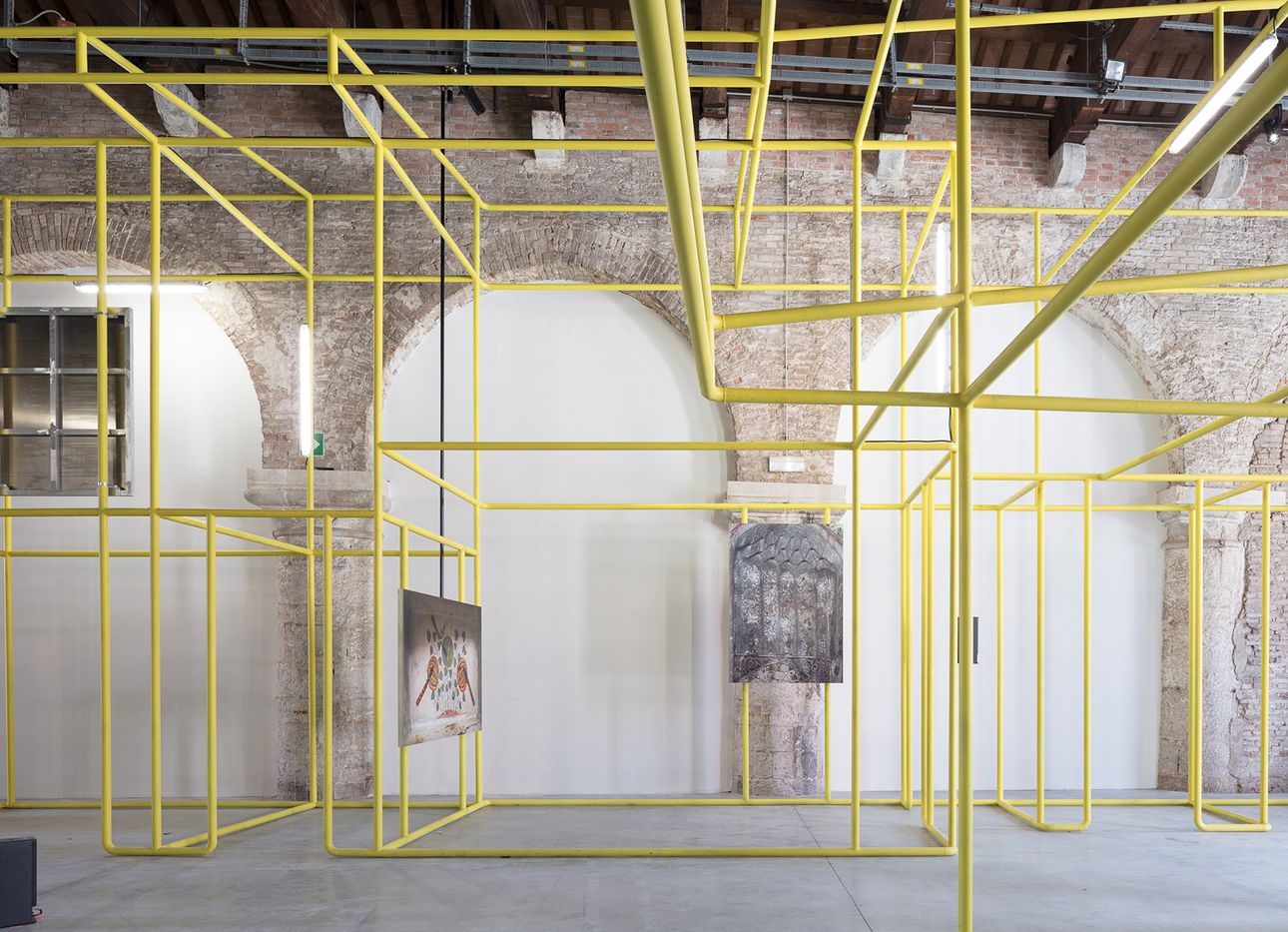
This Soundscape Brings an Age-Old Model of Communal Living to Life
Morning prayer. Children playing. Cooking dinner. Singing a lullaby. The quotidian sounds that form our everyday experiences are those that Spanish filmmaker Carlos Casas recorded in Tashkent, the capital of Uzbekistan, while visiting mahallas—tight-knit, multi-generational living quarters that feature shared amenities including kitchens and gardens—that are being threatened by new real estate developments. The country currently has around 9,000 of them, each acting as an independent administrative unit that aids hundreds of residents through services such as resolving community issues and providing social assistance. Casas captured the soundscape of these spaces for “Mahalla: Urban Rural Living,” the pavilion of the Republic of Uzbekistan at the 17th Venice Architecture Biennale, open today through November 21. (The project marks Uzbekistan’s inaugural participation in the event, and was curated and designed by Emanuel Christ and Christoph Gantenbein, founding partners of the Basel-based architectural firm Christ & Gantenbein and professors at the Swiss research university ETH Zürich.)
The immersive experience answers this year’s Biennale theme, “How will we live together?” by using the recording to bring a mahalla to life, suggesting that such a structure should be considered when creating future urban housing. In Casas’s eight-hour aural composition, an actual day in the life of Uzbek denizens can be heard through 32 speakers that are strategically placed inside a 1:1 model of the residential structure, erected inside Venice’s Arsenale, an industrial shipyard turned exhibition venue. Walking around inside, listeners take in different domestic noises as if transitioning from one room to the next. For additional context, photographs of mahallas, including ones where Casas made his recordings, pepper the space, and visitors can consult an app to learn more about the part of the home they’re in.
“Sound has always come into my work as a kind of magic carpet that allows you to access certain things that aren’t possible through images alone,” Casas says, noting that his sonic documentation will live beyond the Biennale as a vinyl record included in the exhibition’s catalogue as well as a longer-format LP. In Venice, he hopes his contribution evokes visions of how we might live tomorrow. “The project reinforces a lot of the [beneficial] qualities of this type of living, not only in terms of the social structures and the organism that the mahalla is, but also as a blueprint for understanding of how modern [metropolitan areas] could be developed,” he says. “Hopefully its sounds illuminate a model that can help urban planners, and anybody who’s thinking about the future of cities.”